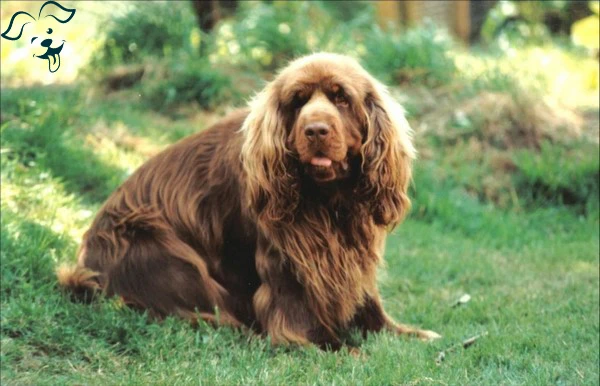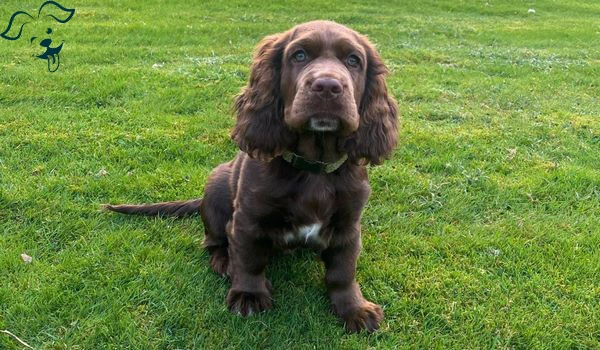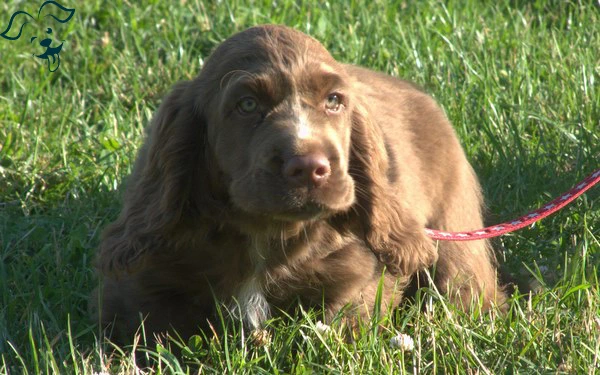CARING WITH FAMILY
|
| The level of affection a breed tends to exhibit towards family members and familiar individuals can vary. Certain breeds may display a more reserved or aloof demeanor primarily towards people other than their owner, while some breeds exhibit a friendly and affectionate attitude towards everyone they know, treating them as their closest companions. |
LOVE WITH CHILDREN
Unwise
Good With Children
|
| The level of tolerance and patience that a breed displays towards children's behavior, as well as its overall family-friendly nature can vary among different breeds. It is important to emphasize the need for supervision when dogs are around young children or children of any age who have limited exposure to dogs. |
BEHAVIOR WITH DOGS
Unwise
Good With Other Dogs
|
| The general friendliness of a breed towards other dogs can vary. It is important to always supervise and carefully manage interactions and introductions between dogs. However, certain breeds tend to have a more innate inclination to get along with other dogs both within their home environment and in public settings. |
SHEDDING LEVELS & MANAGEMENT
No Shedding
Hair Everywhere
|
| The amount of fur and hair that a breed is prone to shed can vary. Breeds with high shedding tendencies will typically require more frequent brushing to manage loose hair. It is important to note that breeds with high shedding can potentially trigger certain types of allergies in sensitive individuals. Additionally, expect to engage in more consistent vacuuming and lint-rolling to maintain cleanliness when sharing a living space with a breed that sheds more. |
COAT GROOMING STANDARDS
|
| The frequency of bathing, brushing, trimming, or other types of coat maintenance required can vary among different breeds. When considering the grooming effort needed, it's essential to take into account the time, patience, and budget available for such care. Keep in mind that all breeds necessitate regular nail trimming for proper maintenance. |
DROOLING INTENSITY
Less Likely to Drool
Always Have a Towel
|
| The tendency for a breed to drool can vary. If you prefer a neat and clean environment, it's important to consider that some dogs may leave ropes of slobber on your arm or create big wet spots on your clothes. If this is not something you are comfortable with, it may be best to choose a breed that is less prone to excessive drooling. |
COAT STYLES GUIDE |
| Double |
| COAT SPECTRUM |
| Medium |
FRIENDLINESS
Reserved
Everyone Is My Best Friend
|
| The degree of welcoming behavior a breed typically exhibits towards strangers can vary. Some breeds tend to be more reserved or cautious around unfamiliar individuals, regardless of the setting. On the other hand, certain breeds are generally more amiable and enthusiastic about meeting new people whenever the opportunity arises. |
LIVELINESS
Only When You Want To Play
Non-Stop
|
| The level of enthusiasm a breed exhibits towards play can vary. While some breeds maintain their desire to engage in interactive play, such as tug-of-war or fetch even into their adult years others may prefer a more relaxed and laid-back lifestyle content to spend most of their time relaxing on the couch with their owners. It's important to consider the energy levels and play preferences of a breed when selecting a companion that aligns with your own activity level and lifestyle. |
VIGILANCE INTENSITY
What's Mine Is Yours
Vigilant
|
| Certain breeds are more prone to alerting their owners of the presence of strangers. These breeds tend to be vigilant and responsive to potential threats, whether it be the arrival of the mailman or a squirrel outside the window. However, it's important to note that while they may initially be wary of strangers entering the house, they can warm up to them if they are accepted by the family. |
ADAPTATION CAPACITY
Lives For Routine
Highly Adaptable
|
| The adaptability of a breed to handle change can vary. Some breeds are more flexible and capable of handling changes in living conditions, noise levels, weather, daily schedules and other variations in day-to-day life with relative ease. These breeds tend to adjust well to new situations and environments. However, other breeds may be more sensitive to change and may require more time and support to adapt to new circumstances. When considering a breed, it can be helpful to assess their general temperament and adaptability to determine if they would be a good fit for your lifestyle and the potential changes you may encounter. |
OBEDIENCE LEVEL
Self-Willed
Eager to Please
|
| The ease of training and the willingness to learn new things can vary among different breeds. Some breeds are generally more eager to please their owners and are quick learners making training sessions relatively easier. They are often motivated by praise or rewards. Conversely, other breeds may display more independence and may require extra patience and consistency during training. These breeds may have a stronger inclination to do what they want, when they want and where they want, which can make training a bit more challenging. It's important to consider your own training style, experience and the level of dedication you are willing to invest when selecting a breed that aligns with your training expectations. |
STAMINA LEVEL
|
| The exercise and mental stimulation requirements greatly vary depending on the breed. High energy breeds exhibit a remarkable readiness for action, eagerly indulging in activities like running, jumping and playing during most hours of the day. Conversely, low energy breeds possess a more laid-back demeanor, similar to couch potatoes happily lounging and enjoying frequent naps. |
VOCALIZATION
|
| Medium |
LEARNING CURIOSITY LEVEL
Happy to Lounge
Needs a Job or Activity
|
| The level of mental stimulation necessary for a breed to maintain happiness and overall well-being is significant. Purpose-bred dogs in particular often have specific responsibilities that demand decision-making, problem-solving, concentration and other cognitive qualities. When deprived of adequate mental exercises, these dogs can resort to creating their own activities to occupy their minds. However, these self-created projects may not align with the activities that you would prefer them to engage in. |
| COLORS |
|
Description
|
Registration Code
|
|
Golden Liver
|
097
|
|
| PATTERNS | . |






























FRIENDLINESS
LIVELINESS
VIGILANCE INTENSITY
ADAPTATION CAPACITY